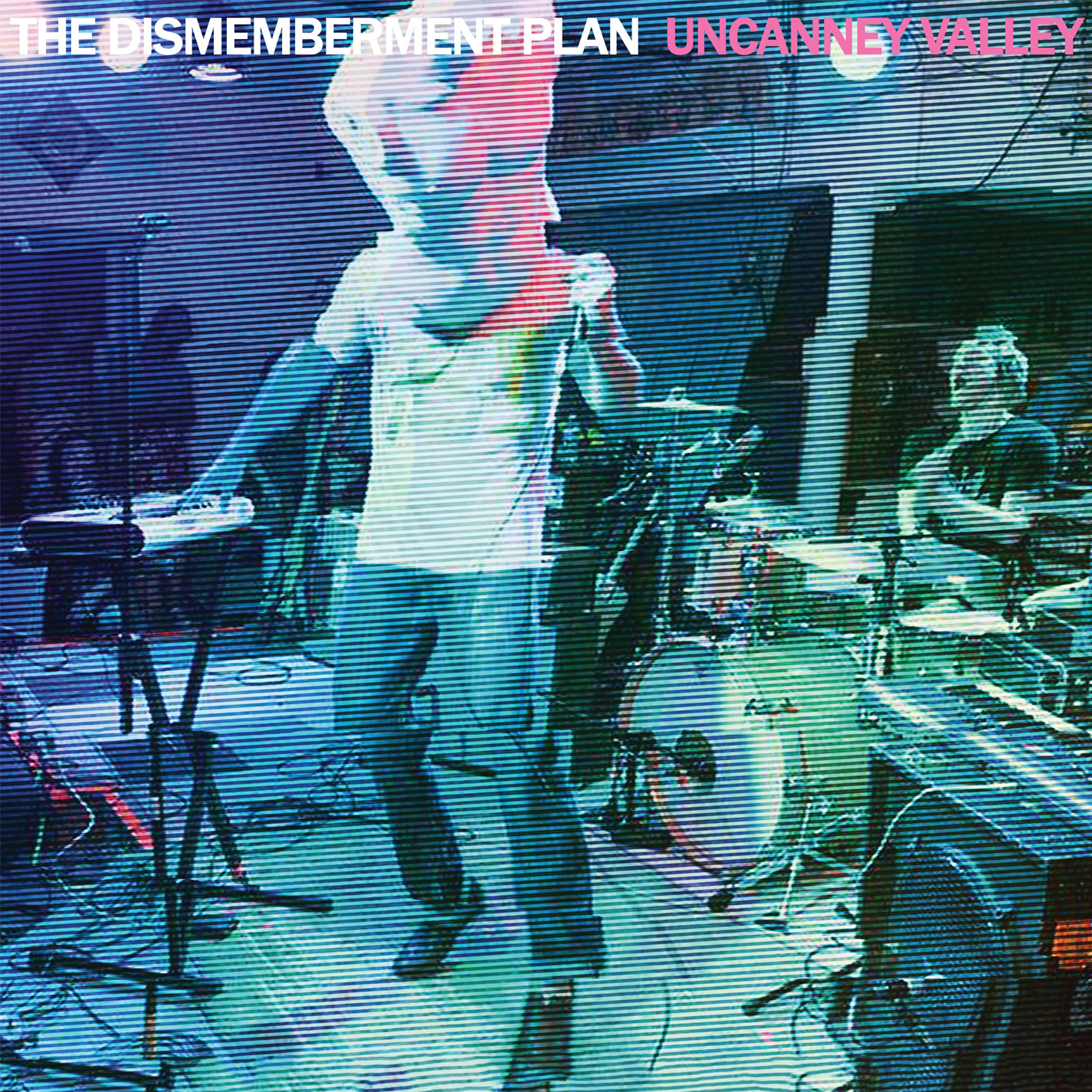
News
Cambridge Residents Slam Council Proposal to Delay Bike Lane Construction

News
‘Gender-Affirming Slay Fest’: Harvard College QSA Hosts Annual Queer Prom

News
‘Not Being Nerds’: Harvard Students Dance to Tinashe at Yardfest

News
Wrongful Death Trial Against CAMHS Employee Over 2015 Student Suicide To Begin Tuesday

News
Cornel West, Harvard Affiliates Call for University to Divest from ‘Israeli Apartheid’ at Rally
In the "Valley" of Mediocrity
Dismemberment Plan-Uncanney Valley-Partisan-2.5 STARS

Indie rock outfit the Dismemberment Plan achieved underground sainthood with their 1999 record “Emergency & I,” an album full of musical and lyrical idiosyncrasies that coalesced with singer Travis Morrison’s raw vocals to create a neurotic masterpiece. The group disbanded after its next record, 2001’s “Change,” and reunited in 2011 to tour. “Uncanney Valley” is the Dismemberment Plan’s first record in 12 years. Any songwriting hiatus of such length will have a profound impact on a band’s sound, and it certainly shows here. “Uncanney Valley” noticeably abandons some of the band’s guitar-heavy instrumentation for a healthy supplement of synthesizers. While this new source of sonic diversity makes for a compelling listen, “Uncanney Valley” ultimately falls short of its predecessors’ brilliance, largely due to uninspired lyricism.
Apart from a few lyrical standouts, much of “Uncanney Valley” is sonically interesting but is deflated by uncreative lyricism. Songs like “Go and Get It” and “Living in Song” exhibit some entertaining synth tricks the band has picked up since its last record, but don’t leave a lasting impression. “Go and Get It” attempts to express a youthful exuberance, but ultimately falls flat, possibly because those performing it are 40 years old. “Living in Song” is an angsty reflection on a career in music performance that finds no emotional foothold.
Some songs overcome lyrical flatness with sonic instrumental innovation and novel imagery. “Mexico City Christmas” combines an electronic drum track with live drums, and sounds like it came from a Sega Genesis. It’s delightful beat supports its strange images and lifts the song out of “forgettable” territory.
The subpar nature of the album’s subject matter isn’t uniform. That’s far from the case, as is exhibited by songs like “No One’s Saying Nothing,” the album’s opener, which confronts the addictive influence of the internet. The first lyrics from Morrison don’t disappoint. “You hit the spacebar enough and cocaine comes out / I really like this computer,” he sings. It’s a novel way into one of contemporary culture’s most harped-on issues. Lyrics like this are the Dismemberment Plan’s bread and butter, and “Nothing” delivers them consistently. In addition to its clever lyrics, “Nothing” carries on the Dismemberment Plan’s idiosyncratic musical tradition; the first 20 seconds combine sleigh bells, shimmering guitars, and galloping drums, all three intertwining to create a unique and intriguing cadence.
Another point of “Valley” in which the 12-year gap seems to have sharpened the band’s intuition instead of dulled it is “Daddy Was a Real Good Dancer.” The song, which concerns the nature of being a father, offers a emotive and touching perspective that 2001’s Dismemberment Plan did not possess. “Daddy” is as lyrically dense as the band’s best work, staying ambiguous as to whether Morrison is speaking of his father or identifying himself as an imminent “Daddy.” The malleable self-awareness of the song serves it well; when Morrison sings “when I finally lay my creaky old bones to rest / I hope I’m not a mystery to those who knew me best,” it doesn’t sound clichéd. The song relies on the unpretentious instrumentation of a spare guitar and tapping snare, more reminiscent of the band’s early days but without the fascinating old tics. It’s not raw—it’s polished and compelling.
Perhaps the most representative sample of “Uncanney Valley” is the album’s second song, “Waiting.” The piece begins with a clever musical device—a marching band fanfare transitions almost flawlessly into a catchy synth-driven groove. That’s where it all falls apart. After Morrison starts to sing, the song morphs into a garden-variety angst-driven song about an ex-lover. “Well, look who it is / been a little while since you been up in my biz,” Morrison starts, and it doesn’t get much better from there. “I’m just waiting, anticipating someone who will treat me great / Knows that I ain’t second rate,” he sings near the climax of the song. Juxtaposed against the brilliance of songs like “Daddy Was a Real Good Dancer,” and “No One’s Saying Nothing,” the lyrical vapidity of “Waiting” is frankly mystifying.
“Uncanney Valley” has some standout tracks, but the band seems content to let those float over a bed of forgettable ones. While records from the “Emergency & I” era were constant displays of mastery, this new material is merely dappled with good ideas. While the standout songs excite, the filler tracks become tedious enough to sink the record. “Uncanney Valley” illustrates another segment of the Dismemberment Plan’s trajectory, which unfortunately seems to be headed downward.
Want to keep up with breaking news? Subscribe to our email newsletter.
